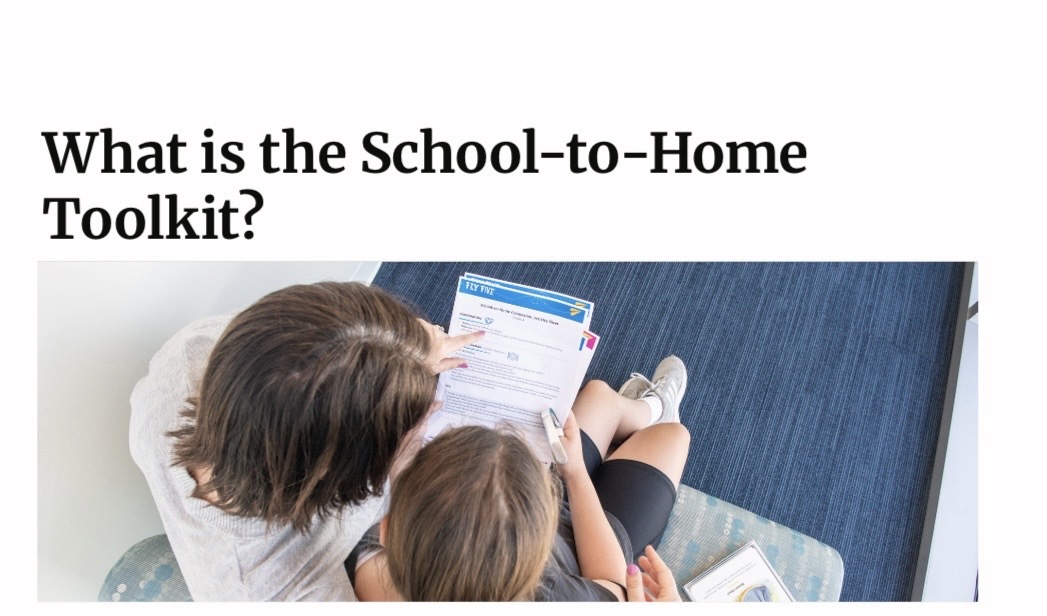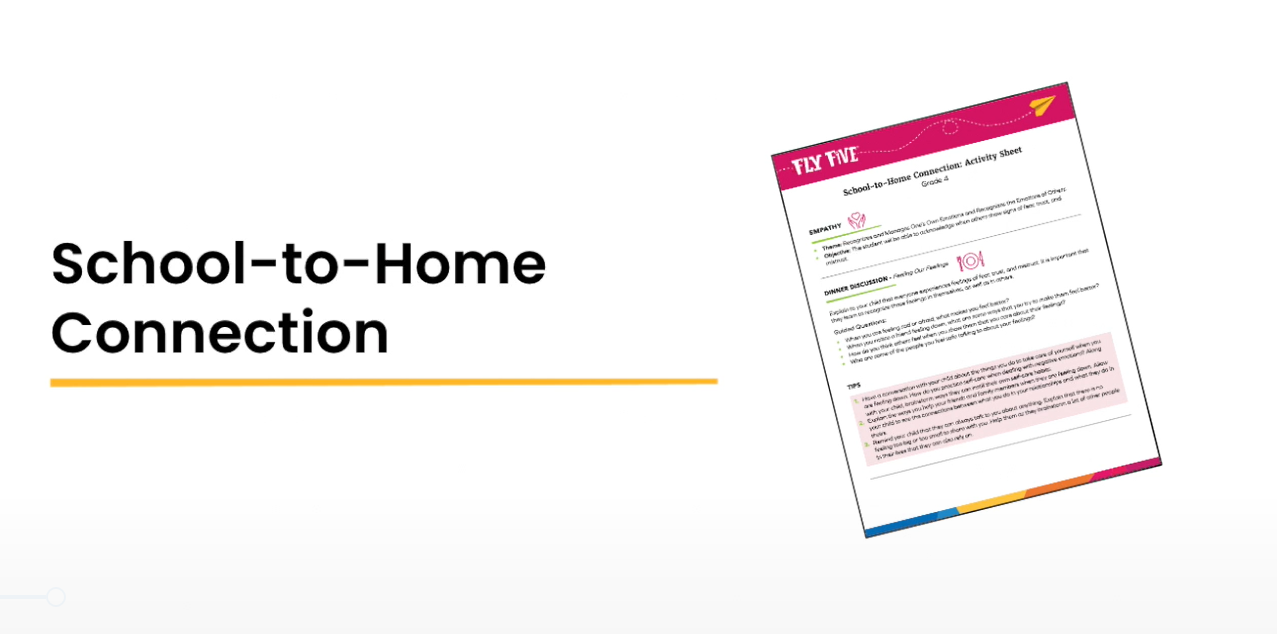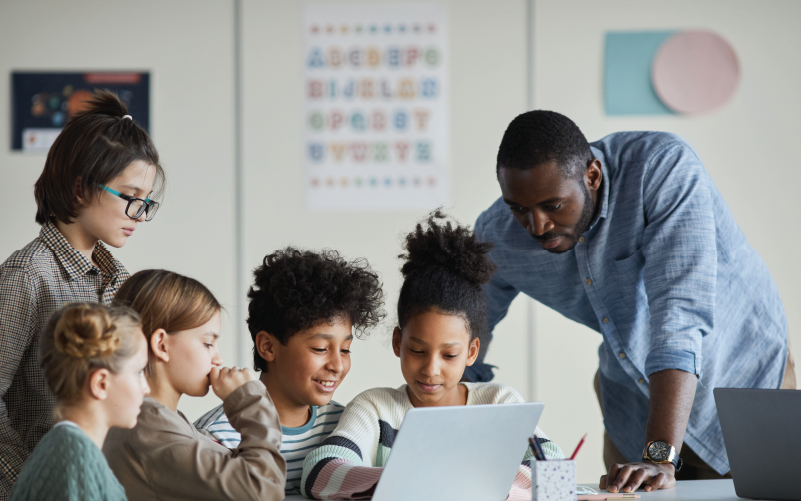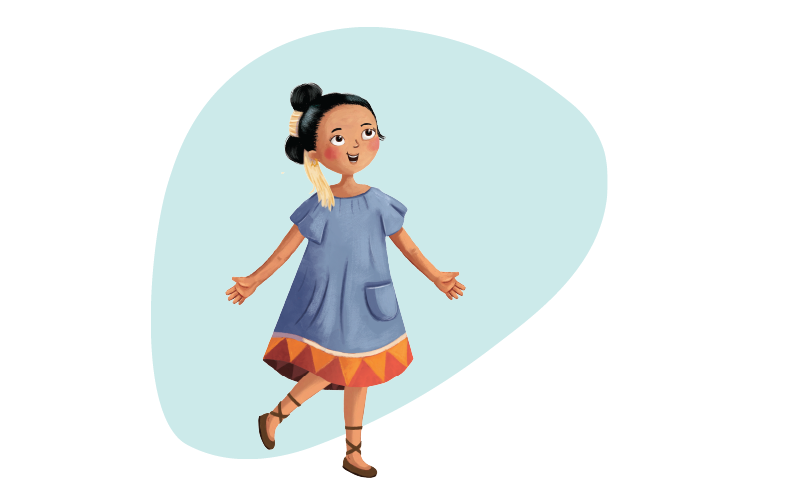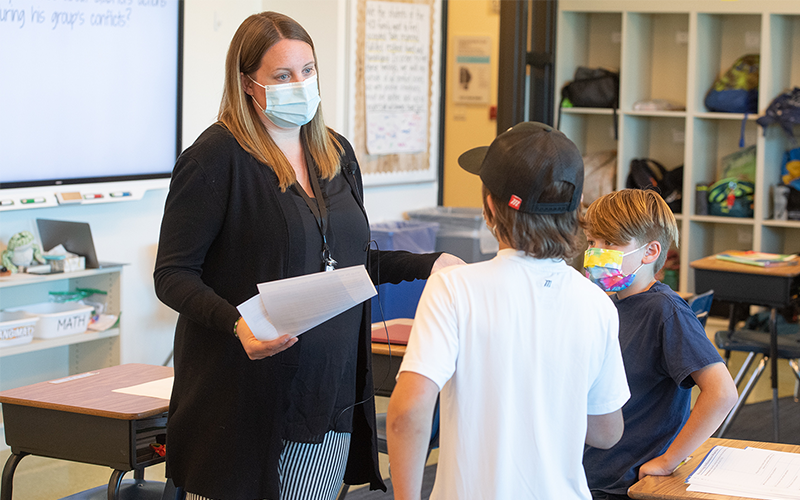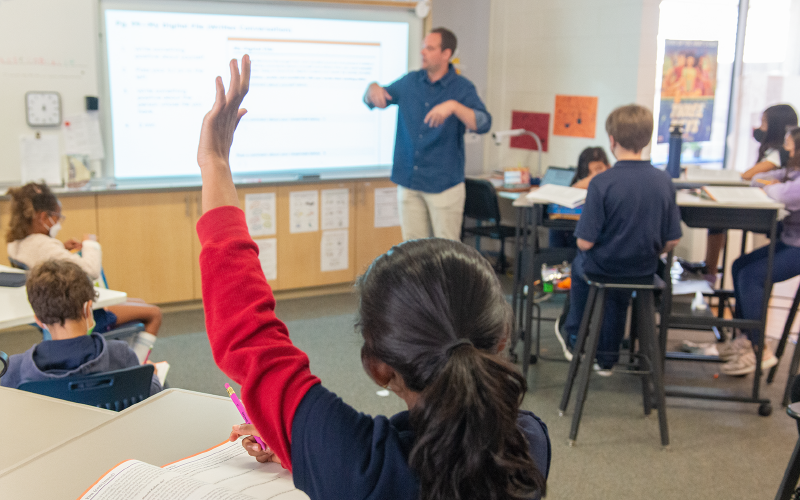Ways to Foster Representation Across The School Community
How is it possible to create a safe, inclusive, and communal space for all students? Imagine a classroom that feels a little bit like home. Students and educators can grow and learn through celebratory visual representation, projects that are inspired by a wide range of identities and cultures, and open conversations where students can collaborate on what matters most in the classroom—bringing more of themselves.
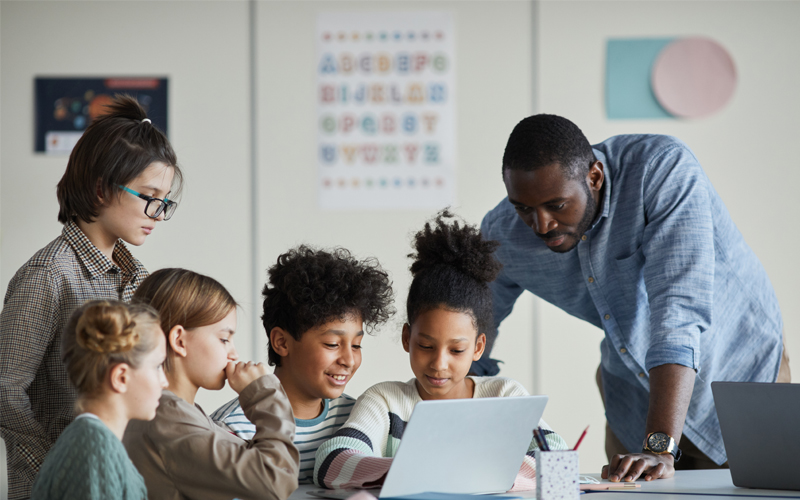
A classroom that reflects back a diverse student body shows that all students are welcome.
Classroom connectedness and student belonging can be sparked by tangible things, like a poster on the wall of something they love, or a cultural reference their teacher makes in class that makes them feel seen. Creating a physical and emotional environment that honors students’ unique cultures helps foster authentic representation in school communities.
Encouraging students to share parts of their culture with their peers and educators can lead to a deeper understanding of who they are. When we are able to learn from students and their families about their authentic selves, we can improve student-teacher relationships, inspire creative lesson planning, and discover what we want our classrooms to look and sound like.

How the Classroom Looks and Feels
Representation of student identities in the classroom can help students envision themselves as successful learners. Aspects of student identity include culture, family structure, race and ethnicity, sports and activities, religion, music, and pop culture. When we honor each part of the student, student belonging increases and peers are likely to appreciate their similarities and differences. Consider the following ways to make your classroom feel inviting to all students:
- Family photos. Encouraging students to bring in photos of themselves with their families can help close the gap between school and home life. When students feel a continued sense of connection and belonging in the classroom, their ability to take risks in a safe environment increases.
- Visual representation. Incorporating cultural context into the classroom, like language or slang, can help students feel at ease. When they see themselves in media or curricula in the classroom, it creates a positive school environment that allows student growth and greater academic achievement (Regional, 2021).
- Celebratory images. Images that showcase diverse historical figures that students identify with can build student confidence, empathy, and self-efficacy. Thoughtful language, such as culturally relevant names used in texts, examples, and math problems is also likely to make students feel seen and recognized.
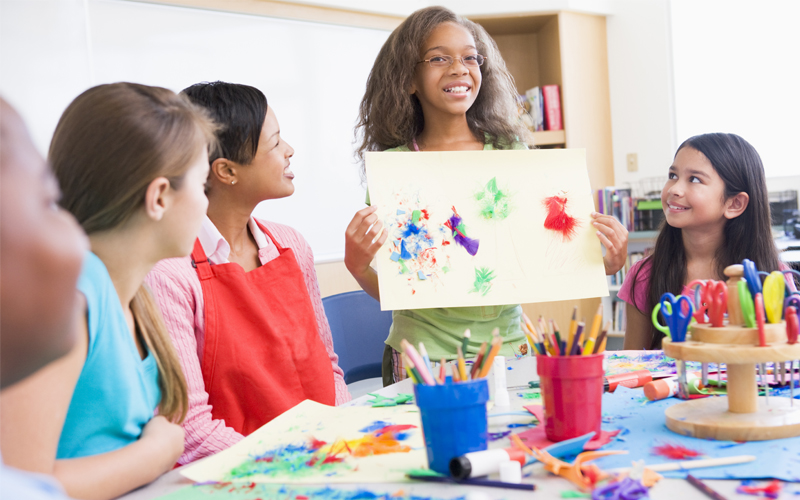
Boosting Academic Achievement
Once students feel confident and safe in their school environment, it is likely to support a sense of positive self perception. Culturally responsive classrooms allow all students to thrive and believe they have the skills they need to succeed (Cherry, 2021). When educators incorporate students' cultural references to the work, they become more connected. Consider these ways to increase student engagement and achievement through finding what matters:
- Cultural connections. When students feel connected to their schoolwork, it increases intrinsic motivation. Encouraging learners to include cultural references in their work, or present projects in ways that feel natural to them, like in song, rap, or visual arts, encourages deeper and longer-lasting learning.
- Research projects. Research and service projects build an appreciation for student diversity and students’ cognitive empathy, or recognizing how a person might feel or think in an emotional situation. It gives them an opportunity to talk outside of the classroom about difficult situations and real problems facing student communities.
- Inspiring texts. Incorporating inspirational texts in class curricula helps students find deeper connections to their work and encourages increased feelings of purpose in their everyday lives. Including social justice issues and cultural texts will motivate students to exhibit prosocial behaviors in the classroom, such as helping others, fighting injustice, and displaying sensitivity and compassion for others.
References
Cherry, K. (2021, July 22). Self efficacy and why believing in yourself matters. Verywell Mind. https://www.verywellmind.com/what-is-self-efficacy-2795954
Reginal, T. (2021, February 11). Providing better support to students of color: The importance of school climate, belonging, and well-being. https://www.urban.org/research/publication/providing-better-support-students-color-importance-school-climate-belonging-and-well-being



